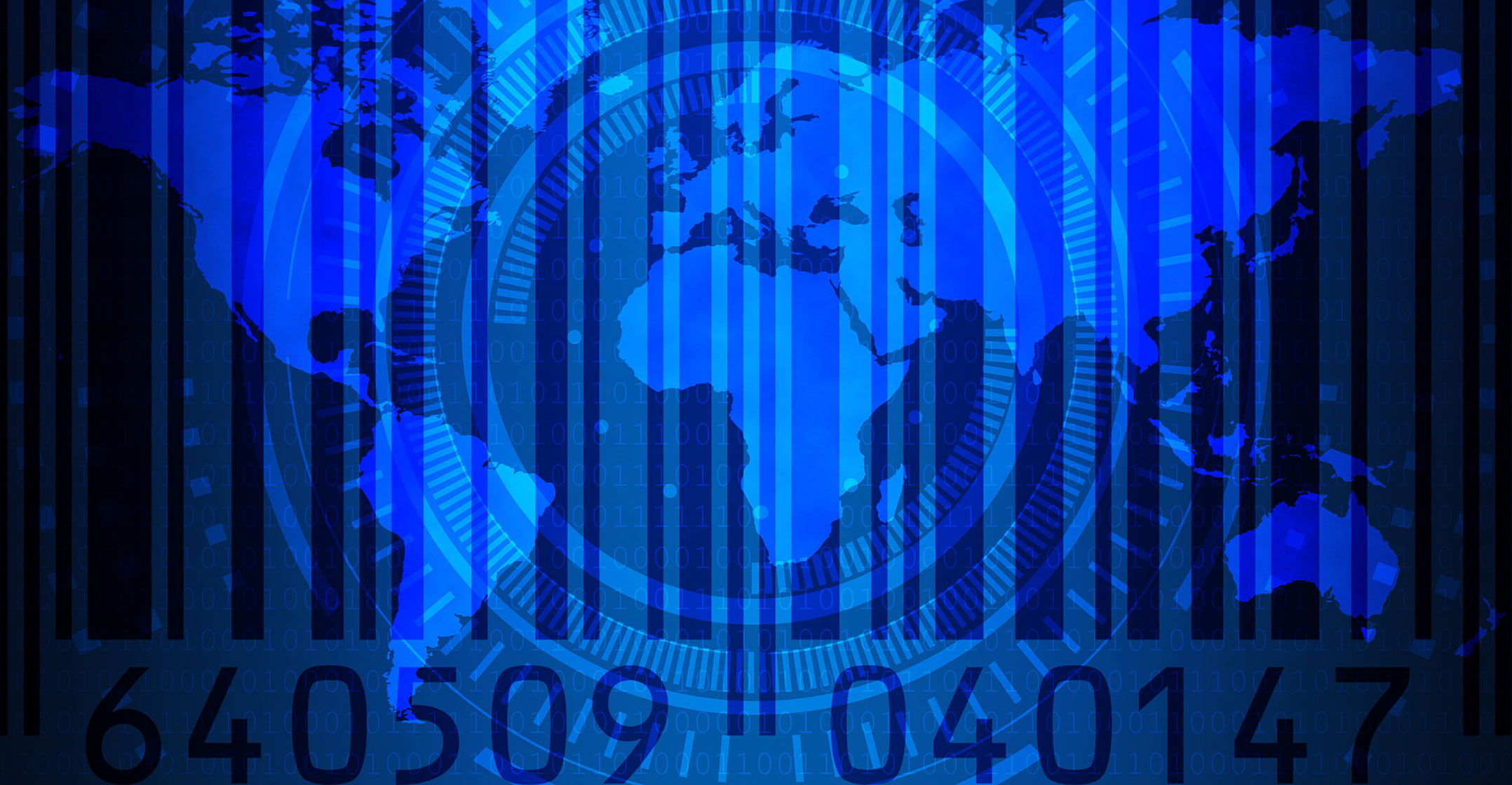 It’s true that barcodes are usually used in businesses that need to manage and track inventory. That’s what they were invented for, after all. But did you know that barcodes can be (and, in fact, are) used for more than simple product labelling?
It’s true that barcodes are usually used in businesses that need to manage and track inventory. That’s what they were invented for, after all. But did you know that barcodes can be (and, in fact, are) used for more than simple product labelling?
Barcode technology has had an astronomical impact across a variety of industries, from government to advertising, and even the healthcare industry could not escape the power of the barcode. However, numerous people still don’t appreciate the advantages of barcodes, despite seeing them on a regular basis in retail shops, clinics and warehouses. In fact, barcode technology continues to be used in increasingly innovative and unique ways.
Still unsure what the actual value of a barcode is? I have compiled a list of five innovative ways barcodes and the technology behind barcodes are being used to show you their undeniable relevance in the whirlwind of the ever-changing technological world.
1. Tracking food intake
If you are a watcher of weight, or you are wanting to be, then here is a way you can do this far easier, using barcodes. There are many apps on the market that help you keep an eye on the food you’re eating through scanning the barcode on the food item. The process is simple — all you do is take a picture on the camera in the app of the barcode on the food item, and the app then uses the dietary information shown on the item to record your food intake. It’s exceptionally convenient and allows for a more comprehensive food diary.
2. Barcode apps used for shopping
Yes we know barcodes are already used for shopping, but their uses in shopping have evolved astronomically since their introduction in the 1970s. Shoppers can now make use of mobile phone apps that allow users to scan barcodes to find out a whole range of information about the products that they cannot find in the store itself. A great example of this is Fooducate — which allows consumers, after scanning the relevant food items barcode, to have access to product highlights and information about its nutritional index. There is even a function that helps you compare that item to other similar items!
3. Barcodes and keeping track of trees
One of the main problems facing the conservation of tropical rain forests today is the issue of illegal logging. Yet again, UPC barcodes have come to the rescue to take control of this rising concern as a company called Helveta has created plastic barcodes that are hammered into the trees while they are growing so that they can be scanned by loggers when they are chopped down. This barcoding system has allowed for a system of tracking timber, so that logs that are harvested are now legally required to have a barcode authenticating its origin and final destination. This barcoding safeguard ensures that timber will only ever be harvested legally.
4. Barcodes in games
Barcoding in games is not a new phenomenon. It’s been around since the 1990s when programmers figured out how to create a barcode for a special gaming console. Skannerz is a good example of this, where gamers would use barcodes to scan and catch monsters. Today, games based on barcodes like Barcode Beasties are played on smartphones where the player scans a barcode to generate a monster that is used to compete against other players.
5. Barcodes that can be made so small, you can barely even see them
Have a small product and are worried about how to register a barcode so that it can be sold in retail stores, never fear! Just because your product is small does not mean that there isn’t an innovative way to barcode that product. Take a leaf out of Tootsie Pops’ book for example, who found a clever way to barcode its products by creating a tiny barcode that could fit on a lollypop stick.
Need some more convincing that barcodes can be made so small that they can literally fit on anything? South Africa has developed a barcode so small that it can be attached to bees in order to track their pollination habits. There really is never a product too small!
There’s no doubt that barcode technology has come a long way since it was first created, and it’s expected to continue evolving. With so much potential for growth, you can’t help but wonder what other possibilities there are in the world of barcodes!
- This promoted content was paid for by the party concerned




